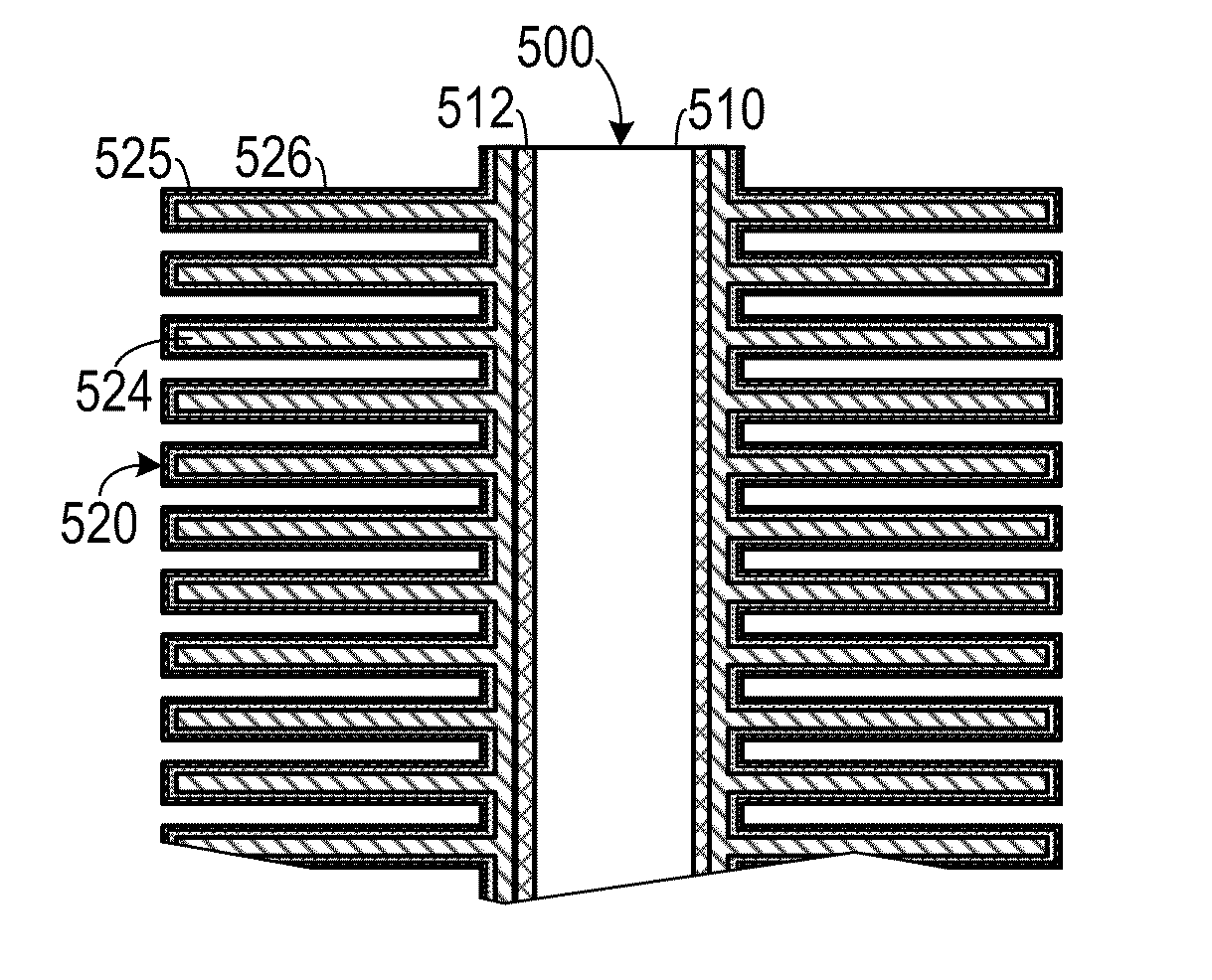Georgia Tech researchers have developed a solar cell that employs an optical fiber and semiconductor nanowires that grow around the fiber. A p-n junction based design, organic-inorganic heterojunction, or a dye-sensitized structure is built at the surfaces of the nanowires. Light entering the fiber from a tip propagates through the fiber until it enters a nanowire where it reaches a photovoltaic element. Light entering the fiber cannot escape until it interacts with a photovoltaic element, thereby increasing the solar conversion efficiency. The fiber can transmit light, while the nanowires around the fibers increase the surface area of light exposure.
- Increased solar conversion efficiency
- Fibers increase the surface area of light exposure
- Hybrid solar power
- Mechanical power
- Nanotechnology
- Electric power generation systems
There are generally three different sources for scavenging energy from the environment: solar energy, thermal energy and mechanical energy). Solar cells are typically used to collect solar energy and transform it into electrical energy. However, solar cells cannot produce electricity at times when there is insufficient ambient light, such as in the evening. Mechanical energy, from large-scale winds to micro-scale vibration, is almost always available. Thus, a system for converting mechanical energy to electricity would be able to produce electricity almost anywhere at almost any time.

